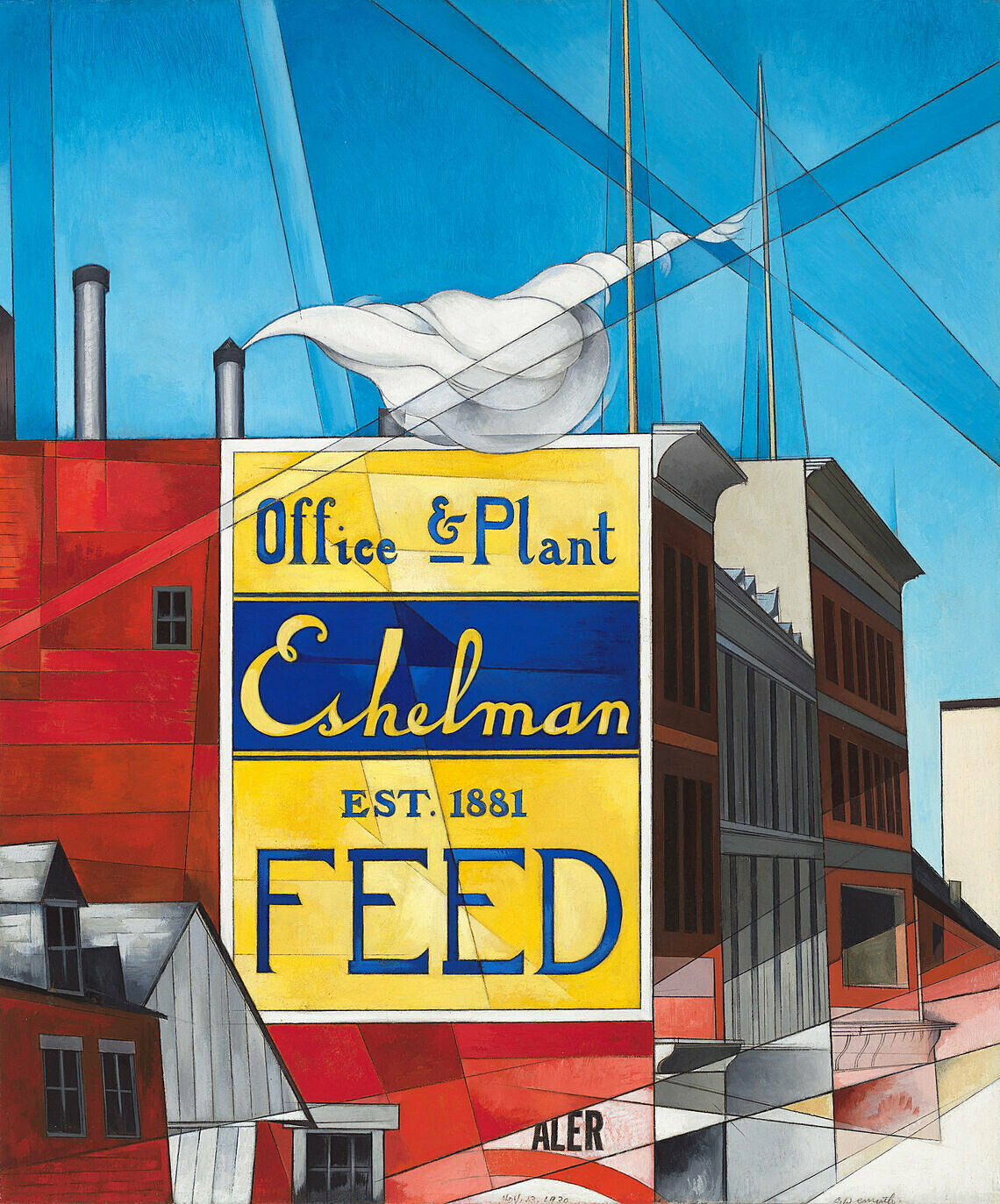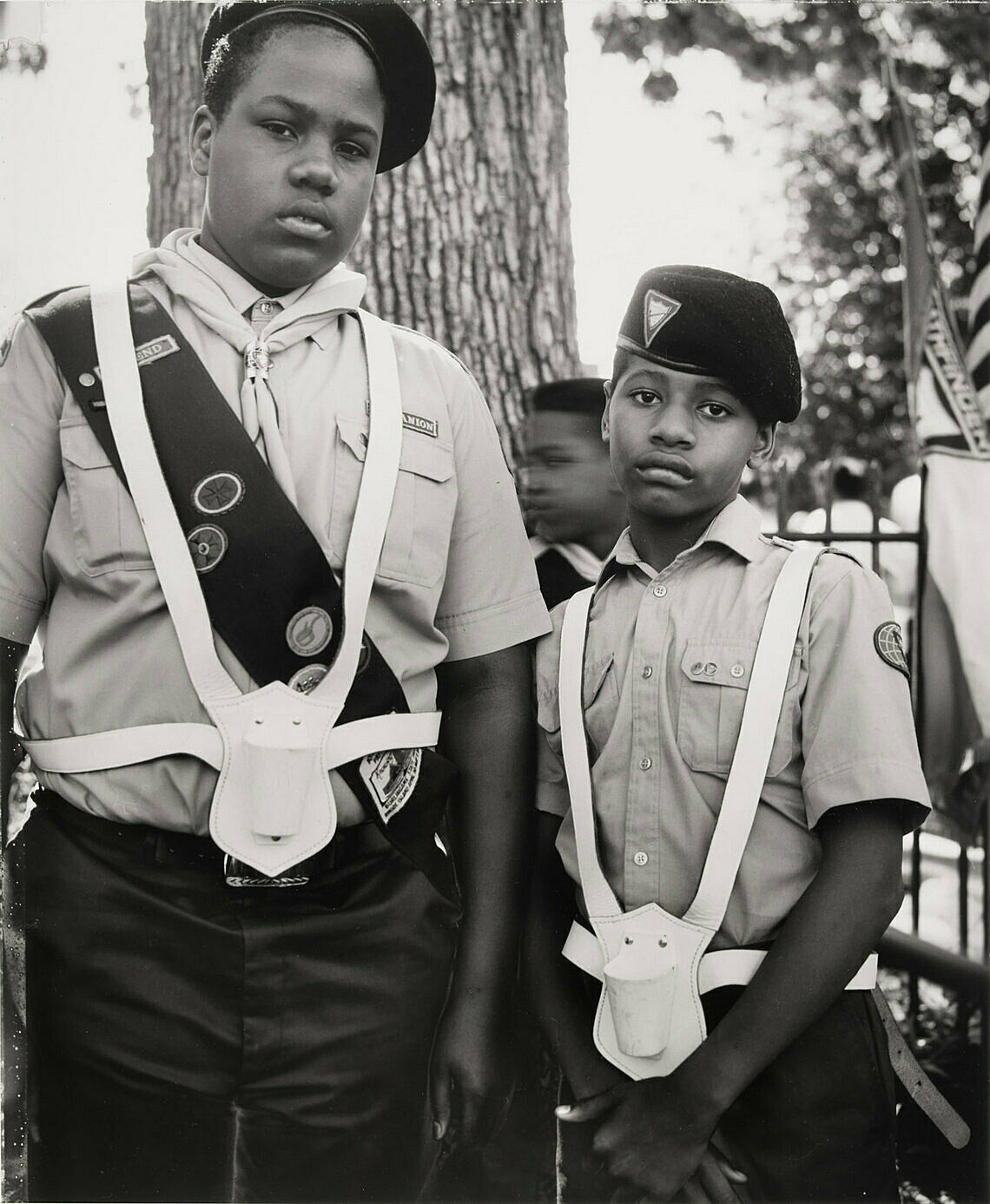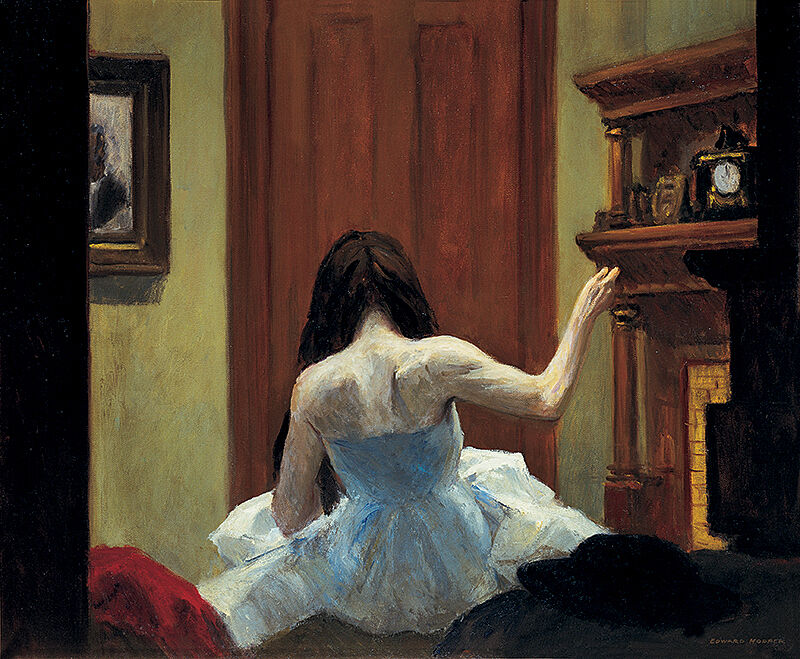Edward Steichen
1879–1973
Introduction
Edward Jean Steichen (March 27, 1879 – March 25, 1973) was a Luxembourgish American photographer, painter, and curator. He is considered among the most important figures in the history of photography.
Steichen was credited with transforming photography into an art form. His photographs appeared in Alfred Stieglitz's groundbreaking magazine Camera Work more often than anyone else during its publication run from 1903 to 1917. Stieglitz hailed him as "the greatest photographer that ever lived".
As a pioneer of fashion photography, Steichen's gown images for the magazine Art et Décoration in 1911 were the first modern fashion photographs to be published. From 1923 to 1938, Steichen served as chief photographer for the Condé Nast magazines Vogue and Vanity Fair, while also working for many advertising agencies, including J. Walter Thompson. During these years, Steichen was regarded as the most popular and highest-paid photographer in the world.
After the United States' entry into World War II, Steichen was invited by the United States Navy to serve as Director of the Naval Aviation Photographic Unit. In 1944, he directed the war documentary The Fighting Lady, which won the Academy Award for Best Documentary Feature at the 17th Academy Awards.
From 1947 to 1961, Steichen served as Director of the Department of Photography at New York's Museum of Modern Art. While there, he curated and assembled exhibits including the touring exhibition The Family of Man, which was seen by nine million people. In 2003, the Family of Man photographic collection was added to UNESCO's Memory of the World Register in recognition of its historical value.
In February 2006, a print of Steichen's early pictorialist photograph, The Pond–Moonlight (1904), sold for US$2.9 million—at the time, the highest price ever paid for a photograph at auction. A print of another photograph of the same style, The Flatiron (1904), became the second most expensive photograph ever on November 8, 2022, when it was sold for $12,000,000, at Christie's New York – well above the original estimate of $2,000,000-$3,000,000.
Wikidata identifier
Q313899
Information from Wikipedia, made available under the Creative Commons Attribution-ShareAlike License. Accessed October 25, 2024.
Introduction
Steichen was born on March 27, 1879 in Luxembourg and grew up in Hancock, Michigan when his family emigrated to the United States in 1881. Steichen was apprenticed to a Milwaukee, Wisconsin lithographer from 1894-1898. His interest in photography began in 1895, and during subsequent years, he exhibited in various photographic exhibitions in the United States and Europe. His early style reflects his training as a painter, using soft tonality and lighting on his subjects. In 1900, Steichen became a naturalized American citizen, and in 1901 he was elected a member of the Linked Ring, a pictorialist society in London, England, United Kingdom. In 1902, Steichen was a founding member of the Photo-Secession Movement, along with Alfred Stieglitz. In 1905, Steichen and Stieglitz opened the Little Galleries of the Photo-Secession "291" on Fifth Avenue in New York City, New York. From 1906 to 1914, Steichen was working as a freelance painter and photographer in Paris, France, but returned to the United States on the eve of World War I with the desire to become a photojournalist in the tradition of Matthew Brady. From 1914 to 1919, Steichen was an aerial reconnaissance photographer and director of photographic services for the United States Air Force. In 1920 Steichen abandoned painting completely for photography and from 1923 to 1938, Steichen had a studio in New York City, New York. He also worked as the chief photographer for Vogue magazine, creating such iconic fashion images as his portrait of Gloria Swanson behind a black lace veil. He became a Lieutenant Commander in United States Navy in 1942 and he organized the War Photography Department. From 1945 to 1946, Steichen was the director of the Naval Photographic Institute organizing two exhibitions for MOMA: "Road to Victory" (1942), a photographic portrait of The United States on which he collaborated with his brother-in-law, poet Carl Sandburg, and "Power In The Pacific"(1945). Steichen abandoned his own photography practice in 1947 to become the director of the photography department at the Museum of Modern Art, New York City, New York. He held this position until 1962. He died on March 25, 1973.
Country of birth
Luxembourg
Roles
Artist, curator, designer, gallery director, military personnel, painter, photographer, photojournalist
ULAN identifier
500000431
Names
Edward Steichen, Eduoard J. Steichen, Edward Jean Steichen, Edouard J. Steichen, Eduard J. Steichen, Eduard Jean Steichen, Eduard-Jean Steichen, Edward J. Steichen, Edowado Sutaiken, Edowadpo Sutaiken, Edowādo Sutaiken
Information from the Getty Research Institute's Union List of Artist Names ® (ULAN), made available under the ODC Attribution License. Accessed October 25, 2024.





